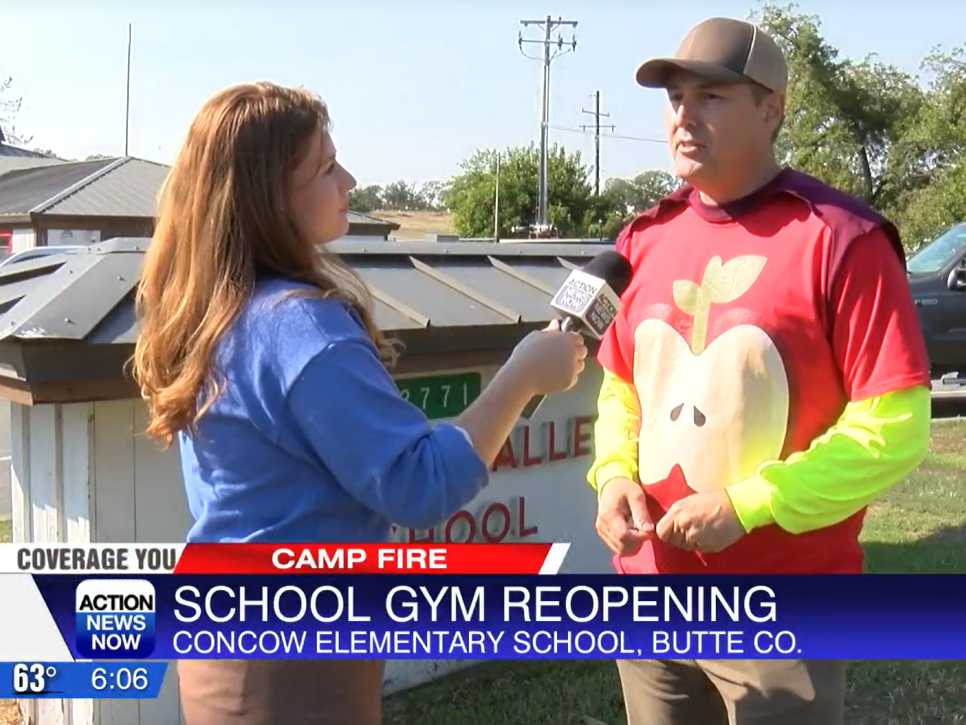With an educational background spanning two decades and extensive experience in leadership, having held dual roles as a superintendent and principal since 2009, I am well-prepared to address a range of questions concerning the roles, responsibilities, and intricacies of superintendents within the education system. From overseeing entire districts to managing daily school operations, my insights draw from hands-on involvement at both macro and micro levels of educational administration. Let’s explore the nuances of superintendency and provide concise, informative answers to the inquiries at hand.

What is the difference between a superintendent and a principal?
Superintendents oversee entire school districts, focusing on policies and budgets, while principals manage individual schools, handling day-to-day operations.
Difference Between School District Superintendent and PrincipalSuperintendents and principals serve distinct yet complementary roles within the educational hierarchy. Superintendents are tasked with overseeing entire school districts, focusing on high-level policies, budget allocation, and district-wide strategic planning. On the other hand, principals operate at the school level, managing day-to-day operations, curricula implementation, and student affairs. While both roles require leadership and communication skills, superintendents tackle macro-level decisions, whereas principals handle micro-level administration and student interactions.
Do superintendents have to live in the district?
Residency in the district isn’t always mandatory for superintendents; requirements vary based on district policies.
Residency Requirement for Superintendents: The necessity for superintendents to reside within the district they oversee varies based on local regulations and district policies. While some districts may mandate that superintendents live within the district boundaries to foster deeper community connections, others might prioritize expertise and leadership qualities over residency. It’s crucial to consult specific district guidelines to determine whether residency is a requirement for superintendent candidates.
Who is responsible for hiring the superintendent of a local school district?
School boards usually hire superintendents, gathering input from stakeholders.
Hiring of School District Superintendent: The responsibility for hiring a school district superintendent typically rests with the elected school board members. School boards collaborate with various stakeholders, including teachers, parents, and community members, to define the characteristics and qualifications desired in a superintendent. This collaborative approach ensures that the selected candidate aligns with the district’s vision, goals, and values.
How is a superintendent chosen?
Superintendents are chosen through rigorous processes involving applications, interviews, and evaluations by school boards.
Selection Process for Superintendents: The process of selectindistrictg a superintendent involves a comprehensive and structured approach. Typically, this process begins with advertising the position, followed by the review of applications and the creation of a shortlist of candidates. Interviews, often involving school board members, community representatives, and key stakeholders, help assess candidates’ qualifications, leadership style, and vision for the district. Reference checks, background evaluations, and public engagement may also contribute to the decision-making process. The selection process culminates in the school board’s decision to extend a contract to the chosen candidate.
What are the requirements for a school district superintendent in California?
In California, a master’s degree, administrative experience, and appropriate credentials are typically required for superintendent roles.
Requirements for California School District Superintendss: In California, aspiring school district superintendents need to meet specific criteria to qualify for the role. Generally, these requirements include possessing a master’s degree in educational leadership or a related field, holding a valid California administrative credential, and demonstrating substantial administrative experience, often at the principal or district-level. These qualifications are designed to ensure that superintendents are equipped with the knowledge, skills, and experience necessary to effectively lead and manage a school district in accordance with state guidelines.
Why do superintendents turnover?
Turnover can result from various factors like job stress, policy changes, or personal career goals.
Reasons for Superintendent Turnover: Superintendent turnover can be attributed to a range of factors that impact job satisfaction and career trajectories. These factors might include high levels of stress and workload, shifts in district priorities and policies, personal career advancement goals, differing leadership philosophies, and challenges associated with managing diverse stakeholder interests. The complex interplay of these elements can lead to transitions in superintendent positions, underscoring the importance of fostering supportive environments and addressing systemic issues to mitigate turnover rates.
Who is the boss of a school superintendent?
School boards are the supervisors of superintendents, providing oversight and guidance.
Supervisor of a School Superintendent: School superintendents operate under the supervision of the elected school board. The school board holds the authority to hire, evaluate, and set expectations for the superintendent’s performance. This arrangement establishes a system of checks and balances, ensuring that the superintendent’s decisions align with the district’s strategic goals and community needs. Effective collaboration between superintendents and school boards is essential for achieving educational excellence and promoting the overall well-being of students and schools.
How long is a superintendent’s contract?
Superintendent contracts vary widely, often spanning 2 to 4 years, depending on negotiation and district needs.
Length of Superintendent Contracts: The length of superintendent contracts can vary significantly depending on district preferenThe length of a school district superintendent’s contract can vary signififerences and cires.ces and circumstances. Typically, superintendent contracts span a range of 2 to 4 years. Factors influencing contract length include district stability, strategic planning timelines, and alignment with the superintendent’s career aspirations. Some districts may opt for shorter contracts to maintain flexibility and adaptability, while others may choose longer contracts to provide continuity in leadership and to support the implementation of long-term initiatives.
Can a superintendent also be a principal?
While rare, some superintendents also serve as principals, though it can be demanding due to the scope of responsibilities.
Superintendent Holding Principal Role: While it is uncommon for a superintendent to simultaneously hold a principal role, it is not unheard of. The decision to combine these roles depends on the district’s size, organizational structure, and the superintendent’s capacity to manage both responsibilities effectively. Juggling the demanding tasks of overseeing an entire district and managing the daily operations of a school can be challenging, requiring strong delegation skills and a deep understanding of educational leadership.
Conclusion
the realm of school district superintendents’ roles and responsibilities provides a profound understanding of the intricate web that supports the educational landscape. With a career spanning over 20 years in education and a dedicated tenure as a superintendent/principal since 2009, the insights provided here shed light on the distinctions between superintendents and principals, the selection processes, requirements, and the dynamic nature of these leadership positions. As education evolves, the stewardship of superintendents continues to play a pivotal role in shaping the trajectory of schools and districts, ultimately contributing to the growth and development of students, educators, and communities.f



